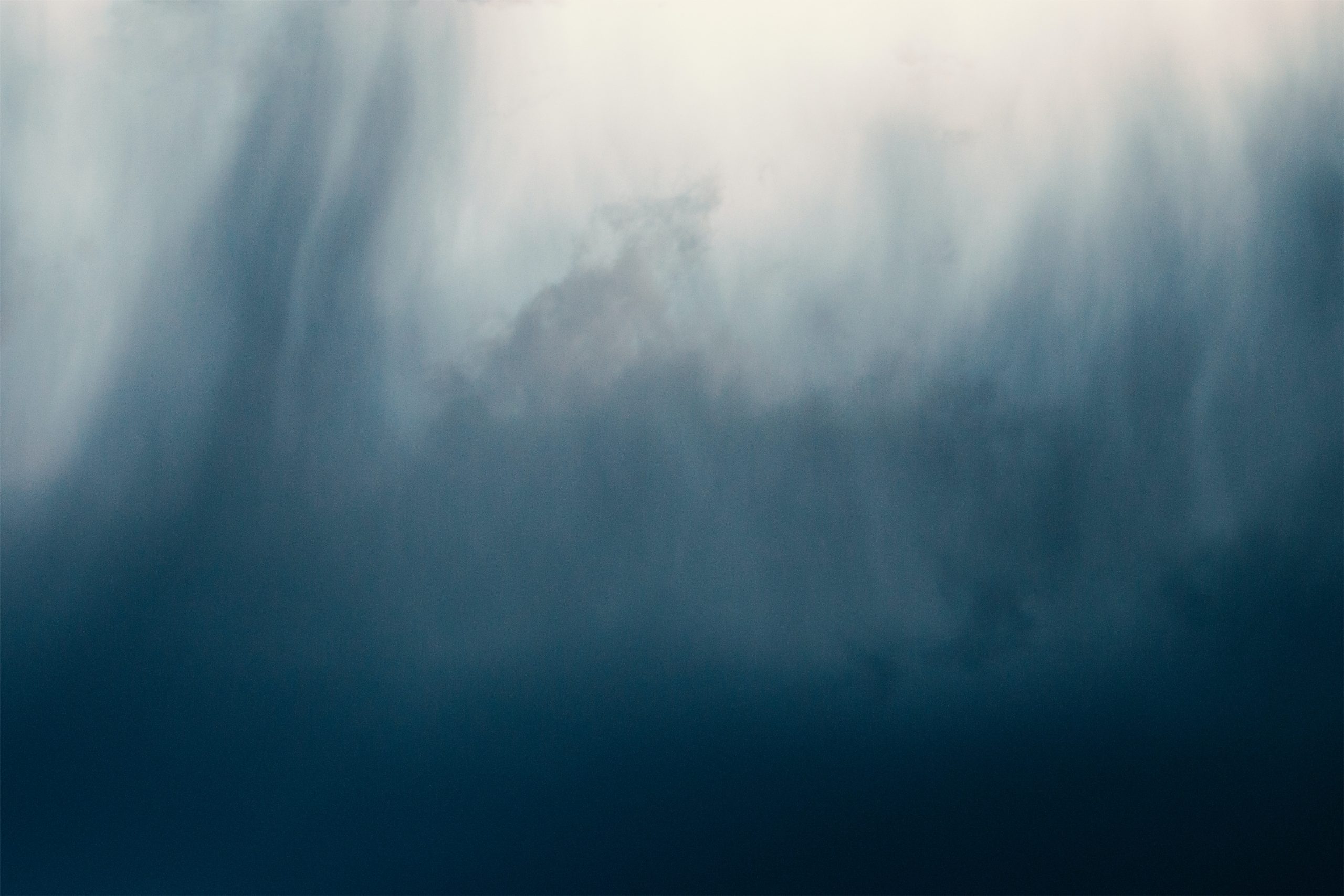Transitioning from summer to winter can be quite a shock to the system, and for a lot of us this drastic change can create what is called Seasonal Affective Disorder (SAD) or more commonly known as the winter blues. How does winter cause this phenomenon? Having shorter, darker days increases melatonin in the brain and therefore results in having less energy and feeling lethargic, which can lead to slumps of depression that come with the season of winter.
As the temperature drops and the seasons transition from summer to fall into winter, our lifestyle, mood and activity drastically change as well. We go from heading to the cabin on weekends to hibernating under blankets; from heading after work to patio drinks, to nights spent in watching hours of Netflix; from bright sunny drives to work, to darkness before and after work.
Winter is a time for life to slow down and to recharge our bodies and minds, but most people do not look forward to winter for this reason. Instead, many of us feel we don’t know how to battle through this season without the winter blues winning.
The more down/blue we feel we will constantly gravitate towards activities such as binge-watching Netflix, scrolling through social media for hours, sneaking in naps as often as we can or eating the food we tell ourselves we “shouldn’t.” We do these things because we tell ourselves we don’t have the energy for anything else. However, these activities only deplete and drain us further and the more we do them we fall deeper and deeper into the rabbit hole of the winter blues.
So what can you do to beat the winter blues? Focus on things in your life that GIVE you energy and fulfillment that cause you to feel like yourself again. Ask yourself questions like: “What did I use to do before I got busy? What things, hobbies or interests did I have as a child?” Here we have explained about everything you need to know about winter blues.
The thing is we stop “playing” when we become an adult and create our life around paying bills, commitments, making meals, buying groceries, fixing things around the house. We lose sight of doing anything that is genuinely giving us energy (no wonder all we wanna do is flop on the couch after work).
Focusing on self-care lists can be important during this and every season of life. Self -care is any intentional action to improve ones own mental, spiritual, physical or emotional needs. Writing down a list of 10 things that you know provide you with energy can be a helpful practice. For example, finding a new hobby (mine is Bullet Journaling), going for a walk, having a bubble bath, playing on a hockey team, painting, having a dinner party with friends, lighting a candle, reading.


Self-care in relation to Seasonal Affective Disorder does not have to just be only relaxing things, it can be anything that fuels you and lights you up.
It is important to remember self-care for one person will not be the same for somebody else. For example, if you are an introvert you likely get recharged and gain energy if you are alone or doing activities in solitude, whereas if you are an extrovert you gain energy and feel recharged being around others. Keep in mind this personality trait when creating your list!
Furthermore, creating a list can be helpful because depending on our emotional, physical or mental state, different things will be helpful at different times. The act of writing it down helps us to have something concrete to go to when we are in our “blah” lethargic states, rather than feeling hopeless or not knowing what to do to conquer the winter blues.
Another great strategy is having a gratitude journal where you write down 3 things a day that you are grateful. Alternatively, a different spin to this is what Sheryl Sandberg says in her book Option B, where she suggests writing down 3 things that you did a great job of that day in order to celebrate yourself for those accomplishments, no matter how big or small.
Winter provides an opportunity to explore different activities you don’t get to do during any other season, so why not embrace some variety? Here are some fun activities for snowy days:
- Visit a Christmas market
- Grab a hot chocolate and go for a walk
- Build a snowman
- Go ice skating or ice fishing
- Go look at Christmas lights
- Go tobogganing
- Go snowshoeing or cross-country skiing
- Go see ice sculptures
- Bake cookies
- Head to the mountains for dog sledding
- Learn how to knit (or any other skill such as painting or playing an instrument)
Calgary has lots of fun winter activities, check out this link for more ideas!
And we won’t forget Edmonton, here is a link for Edmonton winter fun!
So take time this season to reflect, practice gratitude, recharge and regroup. Be intentional about making your self-care list and engaging in fun activities to prevent your mood from dropping faster than the thermometer!

